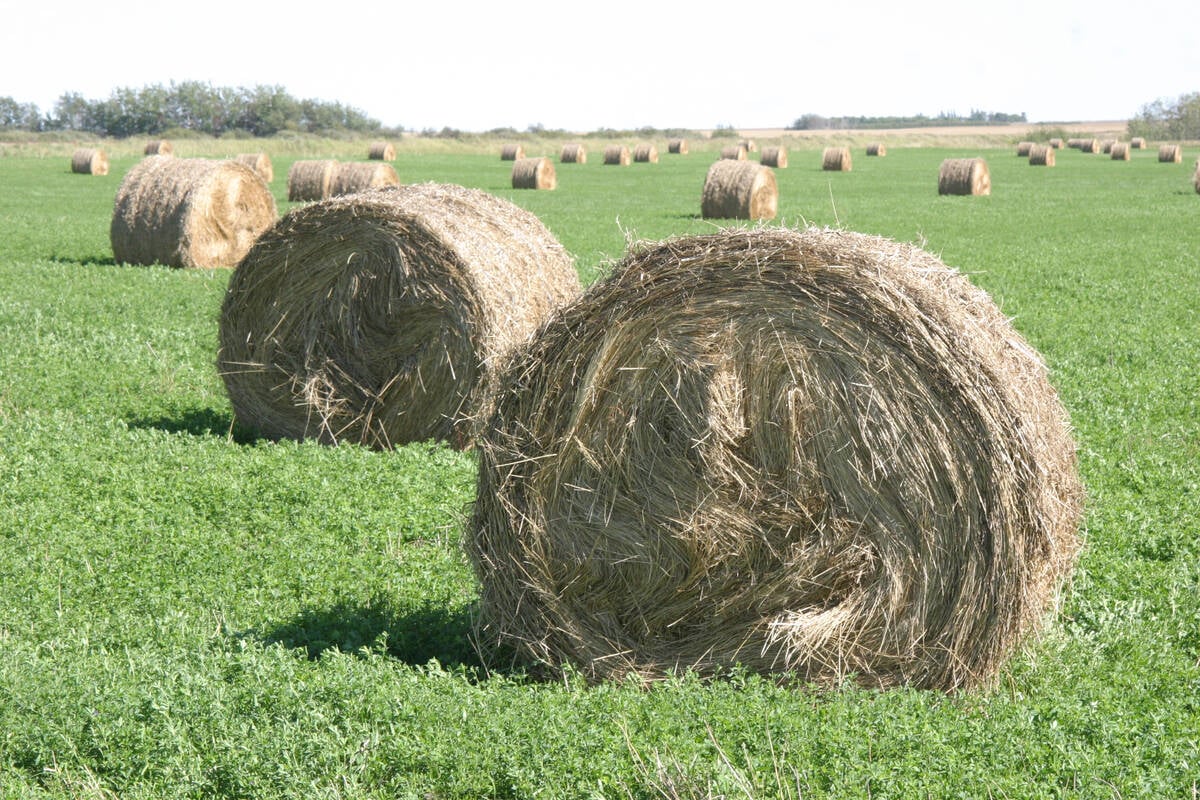RED DEER – Larry Sears added his name as a representative plaintiff to a class action lawsuit out of frustration.
He was unhappy with the government over damage that was caused to the beef business after BSE was found in Canada in 2003.
The Stavely, Alta., area rancher was chair of the Alberta Cattle Commission in 1993 when a case was found in an imported British cow.
Rumours persisted over the years suggesting the Alberta commission and Canadian Cattlemen’s Association executive knew about the dangers but kept quiet.
Read Also

Breaking down successful winter feeding into six steps
It’s that time of year when it is important to start planning for a cow herd’s winter feeding program. Here are six steps I think are necessary to consider when getting your feed tested.
It is believed that the animal contracted BSE before it came to Canada but the commonly held belief was that the Canadian herd would not be affected. Sears says the organizations were not aware of the potential dangers, and he blames the Canadian Food Inspection Agency for not informing them.
“We didn’t know. CFIA knew and didn’t tell anybody. The beef industry didn’t have access to the risk assessment that CFIA took and nor did we understand all the applications of how transmission took place,” he said in an interview before a rally in Red Deer to update producers on the BSE lawsuit.
“Some of the scientists knew a heck of a lot more than the industry knew,” said Sears.
He would like to see an overhaul of the CFIA and its duties.
“We would be happy as producers just to have CFIA show some responsibility. Lots of people feel a monetary outcome is necessary but I would just as soon see some serious changes in CFIA.”
Bill Hanson also wants government to own up to past mistakes, even though people now know more about BSE and its implications compared to what happened 20 years ago.
“They have to admit that mistakes were made,” said the Valleyview, Alta., rancher.
However, he is not sure a settlement will ever come for an industry that has been battered by poor international markets after BSE, drought, poor calf prices and a recession.
Hanson, president of the Western Stock Growers Association, said the national cattle industry leadership should have taken a stronger stance and demanded BSE tests for all market cattle. Canada could have returned to some markets sooner.
“We could have had a huge marketing advantage,” he said.
More questions than answers occur to him.
He said the industry needs to find out why BSE continues to appear in cows that were born after the 1997 ban, when Canada and the United States a stopped feeding products derived by ruminant animals to other animals.
“We should talk about it but nobody wants to,” he said.
He also wants to know why the U.S. has had only two atypical cases and Australia has had none.
“I’d like to know what the rest of the story is,” he said.















